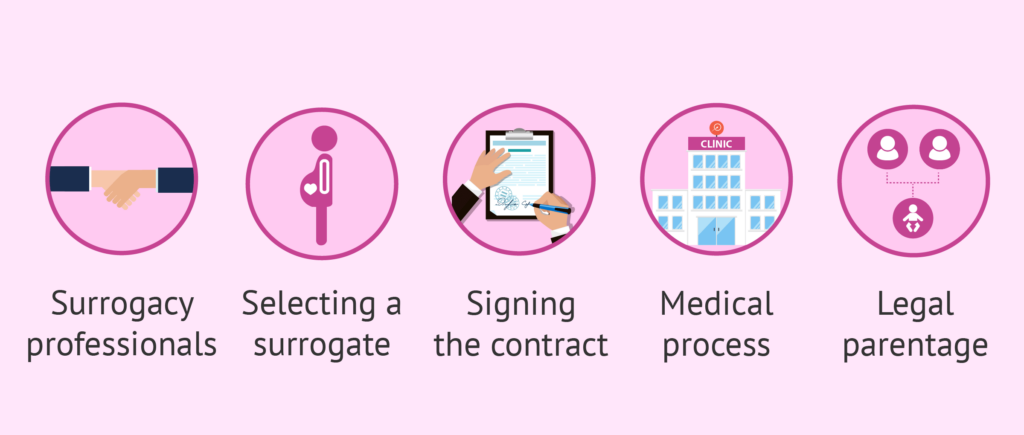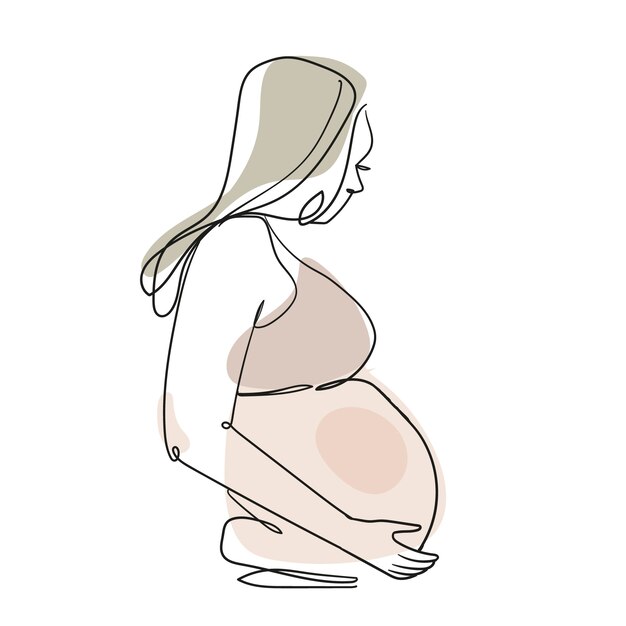Heiress to Mum: Paris Hilton’s Inspiring Surrogacy Journey
Paris Hilton’s Inspiring Surrogacy Journey tells us how she recently explained her decision to use a surrogate for the birth of her son. In January of 2023, the 42-year-old gave birth to a son that she named Phoenix. Hilton revealed in an interview that she decided to use a surrogate because of the PTSD (post-traumatic stress disorder) symptoms that she had from a sexual assault that she allegedly experienced in her teenage years. Hilton revealed this in her 2020 YouTube documentary and in her memoir released in March of 2023. She alleges that she went through physical, emotional and sexual abuse during an 11-month stint in Utah’s Provo Canyon School for troubled youth. Hilton alleges that she was woken up in the middle of the night and consented to a non-consensual gynaecological examination. She revealed that she cried while she was held down, but was ordered to keep quiet and stop struggling.
Furthermore, she added that she often experiences PTSD symptoms when she has to visit the doctor’s clinic. She revelled suffering from panic attacks when she had to get a shot or any other procedure. She also said that she realized that it would not be healthy for her or the baby, especially when the baby is growing inside of someone who has anxiety attacks. Provo Canyon School which has since been acquired by a different company, Universal Health Services, disclosed that they could not comment on any prior operations or student experience.
In the past month, Hilton and Reum unexpectedly announced the birth of their baby daughter London Marilyn Hilton Reum, who was also welcomed via a surrogate. Hilton expressed her happiness and how she feels complete with her two children. Also, she revealed that she feels at peace and is so grateful for her new family. She said that she was excited to experience their first holidays together.

What is Surrogacy?
Surrogacy is a form of assisted reproductive technology where a woman who is referred to as the surrogate agrees to a situation where she gets pregnant and delivers a baby for an individual or couple. The woman who carries the pregnancy is called the surrogate, while the other party is called the intended parent(s). Surrogacy is not a straightforward process and requires a lot of involvement from the intended parents and the surrogate. The intended parents will also be substantially financially involved in the process because it requires a lot of resources. The process also requires legal advice and psychological and mental assessment for both the surrogate and the intended parents. This is to avoid any complications or hitches that may arise during the process, as it takes many months before completion.
What are the types of surrogacy?
There are two generally recognized types of surrogacy, they include:
Traditional or altruistic surrogacy
In this type of surrogacy, the surrogate is artificially inseminated using sperm from the intended father for her to get pregnant. In this type of surrogacy, the fact that the surrogate gets pregnant with her eggs creates a genetic link with the baby. This type of surrogacy is not popular with fertility clinics as well as in some countries. Traditional surrogacy is the only type of surrogacy that is allowed in some other countries like Canada and Australia. Traditional surrogacy creates legal problems in the instance that the surrogate changes her mind about giving up the baby after delivery. The genetic link means that the woman has a legal claim on the surrogate. In this type of surrogacy, there is usually no payment given to the surrogate, but her out-of-pocket medical expenses are covered by the intended parents.
Gestational or commercial surrogacy
This type of surrogacy is the more expensive type of surrogacy. It is also the type that is preferred by fertility clinics and agencies because there is no genetic relationship between the surrogate and the baby. Hence, she cannot legally lay claim to the baby after delivery. In this type of surrogacy, the sperm and the egg that will be used for the embryo creation are obtained from the intended parents or donors.
The embryo is created via in vitro fertilization in the lab. Then, the lab also grows the created embryo for a few months before transferring it to the uterus of the surrogate. The surrogate then carries the pregnancy for nine months, delivers and hands the baby over to the intended parents. In this type of surrogacy, a set amount is usually agreed to be paid to the surrogate at the successful completion of her surrogacy. Her medical bills are also handled by the intended parents. This type of surrogacy is legal in countries like Cyprus, Greece and Kenya.
In the case that the intended parents are in countries that have limited options in surrogacy, they can travel to other countries that have favourable surrogacy laws. This option is provided by medical health travel agencies as overseas medical treatment in the form of assisted reproductive technology. The countries that allow transnational surrogacy recognize it as a form of health or medical tourism.
What are the steps that are involved in a successful surrogacy?

For intended parents, the following steps are recommended in the instance that they want to pursue a successful surrogacy process, they include:
- Initial consultation
- Sourcing for egg or sperm donors or both
- Selecting a surrogate
- Fertilization process
- Embryo transfer process
- Maternity
- Childbirth
- Transfer of legal parenthood
In the case of transnational surrogacy, what topics are crucial to discuss?
Once the international intended parents have been matched with a surrogate by a medical health travel agency, they would need to talk about particular details of the surrogacy with her. Some of the following topics are very important as they may come up during the process. They include:
- The quantity of embryos that will be transferred during the process
- Genetic disability termination
- Selective reduction
- Delivery presence
- Breast milk availability
- Relationship with the surrogate
The information provided in this blog is for educational purposes only and should not be considered as medical advice. It is not intended to replace professional medical consultation, diagnosis, or treatment. Always consult with a qualified healthcare provider before making any decisions regarding your health. Read more







